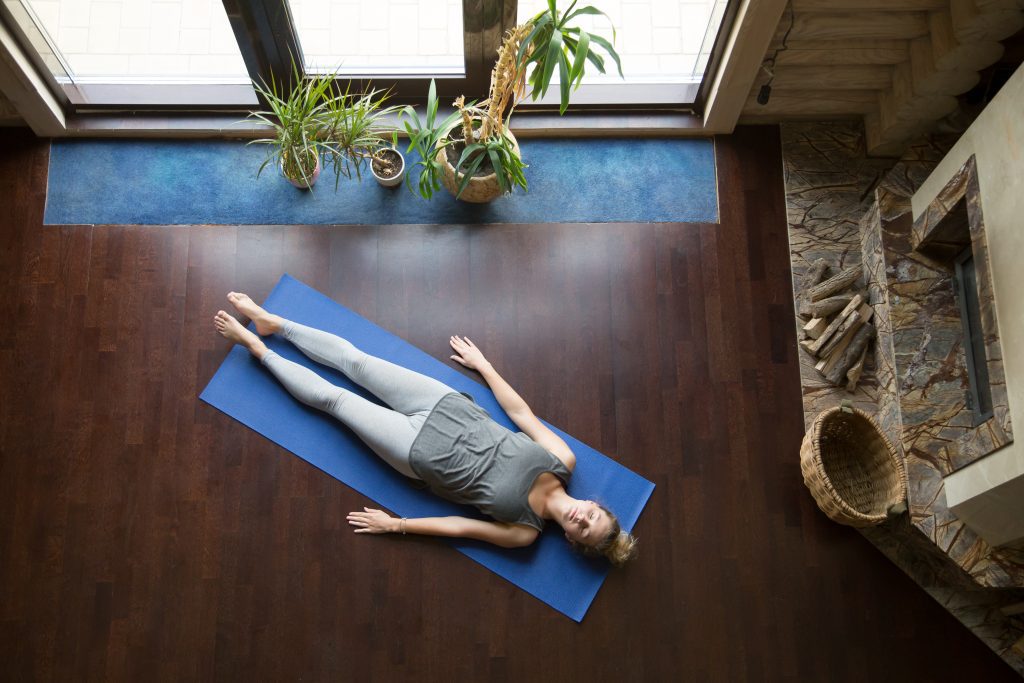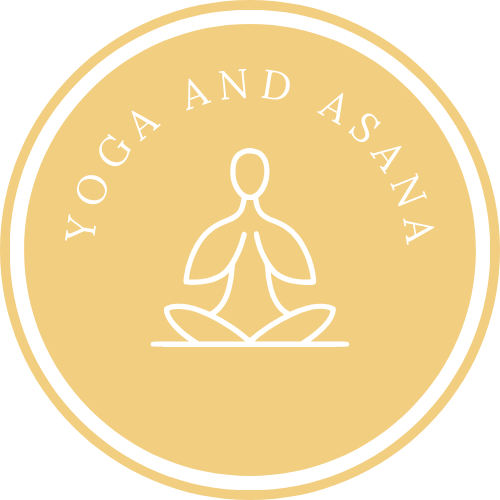Exploring the World of Yoga Nidra: A Journey to Deep Relaxation
In the diverse realm of yoga, there exists a unique practice known as Yoga Nidra, offering a serene path to relaxation and inner peace. Unlike the more dynamic and physically demanding forms of yoga, Yoga Nidra is an accessible, gentle practice, ideal for those seeking tranquility without the rigors of traditional yoga postures.

The Essence of Yoga Nidra
Yoga Nidra, often termed as “yogic sleep,” is a form of yoga that emphasizes deep relaxation while maintaining consciousness. It’s a practice that lies at the intersection of meditation and rest, offering profound benefits. Judi Bar, a seasoned yoga therapist, explains that Yoga Nidra is a structured journey that guides participants from wakefulness through various stages of consciousness, ultimately aiming for a state of deep, restorative rest while remaining aware.
This practice differs significantly from meditation. While meditation involves a seated, wakeful state focusing on the flow of thoughts, Yoga Nidra is practiced lying down, aiming to achieve a deep state of conscious awareness sleep. This state allows for a unique form of relaxation where the body rests deeply while the mind remains quietly alert.
Health Benefits of Yoga Nidra
Yoga Nidra’s impact extends beyond mere relaxation. It interfaces intricately with the autonomic nervous system, which controls various involuntary bodily functions like heartbeat and digestion. The practice has been shown to balance the sympathetic (fight-or-flight) and parasympathetic (rest-and-digest) nervous systems, fostering overall wellness.
A notable benefit of Yoga Nidra is its ability to stimulate the pineal gland, leading to the release of melatonin, a potent antioxidant. This hormone plays a vital role in immune function, blood pressure regulation, cortisol levels, and encouraging restful sleep. Recent studies highlight Yoga Nidra’s effectiveness in reducing anxiety, surpassing even traditional meditation in this regard.
Practicing Yoga Nidra: A 10-Step Guide
Yoga Nidra can be easily practiced at home or in a studio. You don’t need specialized equipment – a simple yoga mat or blanket will suffice. Richard Miller’s “10 Stages of Yoga Nidra” provide a comprehensive guide:
Connect to your heart’s desire: Visualize a significant goal and embrace the joy of achieving it.
Set an intention: Focus on your reason for practicing Yoga Nidra.
Find your inner resource: Tap into a safe space within to feel secure and relaxed.
Body scan: Focus on different body parts to reduce tension.
Breath awareness: Notice your breath’s natural rhythm.
Welcome feelings: Acknowledge your emotions without judgment.
Observe thoughts: Witness your thoughts without getting entangled.
Experience joy: Embrace and savor moments of bliss.
Observe your ‘self’: Recognize your sense of identity and observe it objectively.
Reflect: Consider the insights gained and how they can integrate into daily life.
Additional Tips for Effective Practice
Yoga Nidra requires practice and patience, especially for those new to meditation or relaxation techniques. A quiet, dimly lit environment enhances the experience. Use a sleep mask if needed and cover yourself with a blanket, as the body tends to cool during rest. You can begin with shorter sessions of 15-20 minutes and work your way up to longer sessions as your practice improves. Nighttime practice can be particularly beneficial for sleep.

Yoga Nidra is more than just a relaxation technique; it’s a journey towards inner peace and rejuvenation. As you embark on this journey, remember that like any skill, it requires practice, but the rewards of a calm mind and a rested body are well worth the effort.
